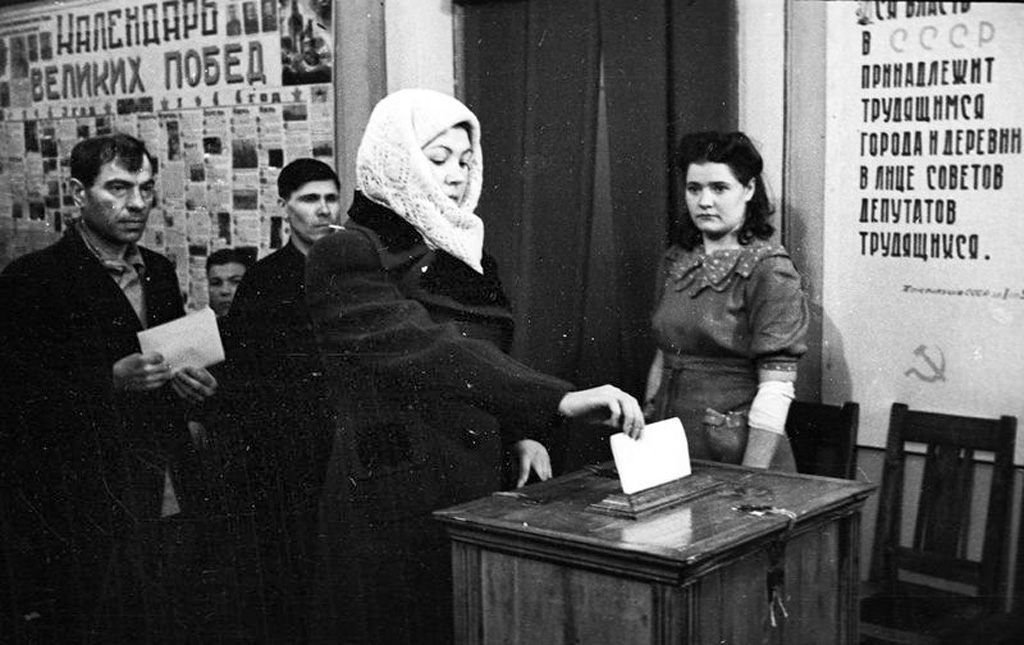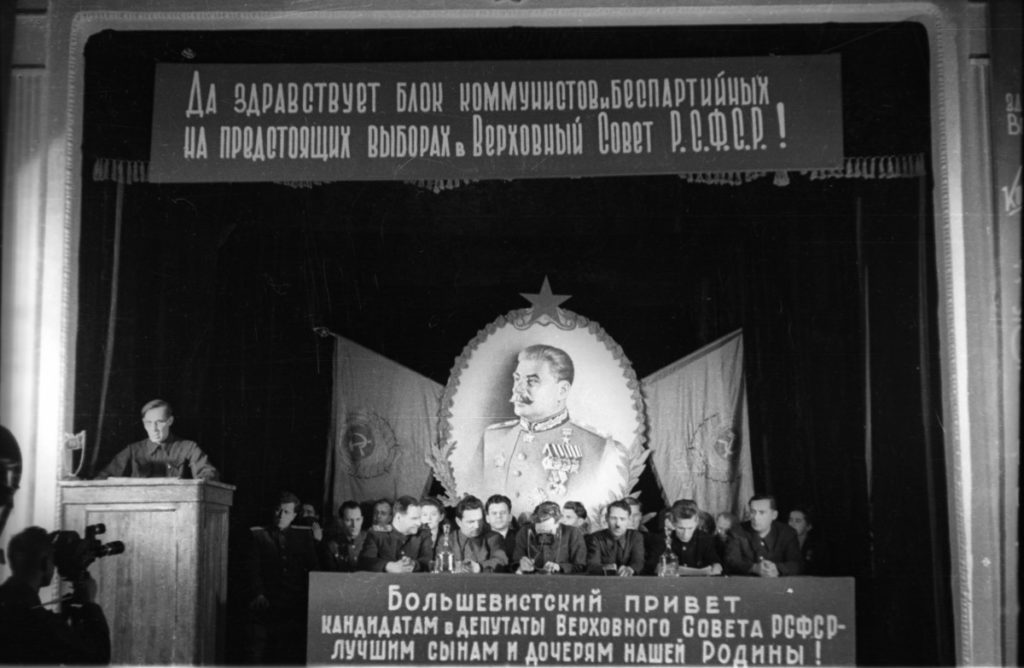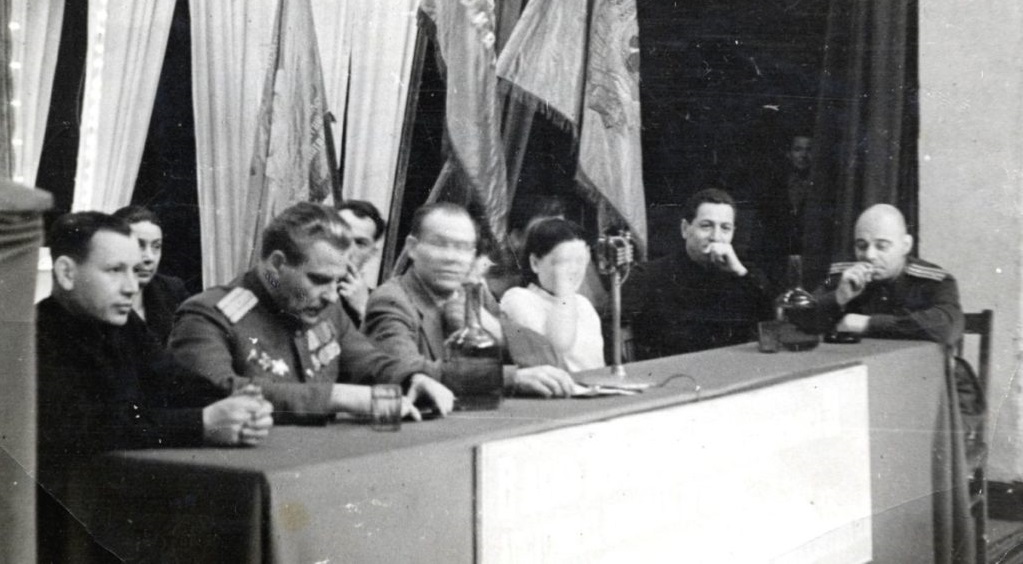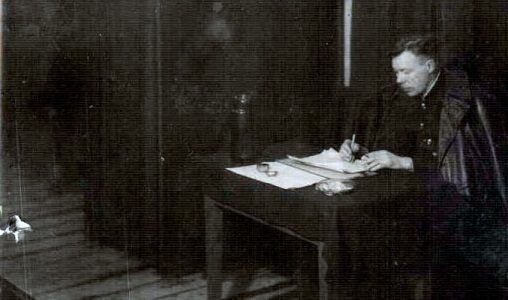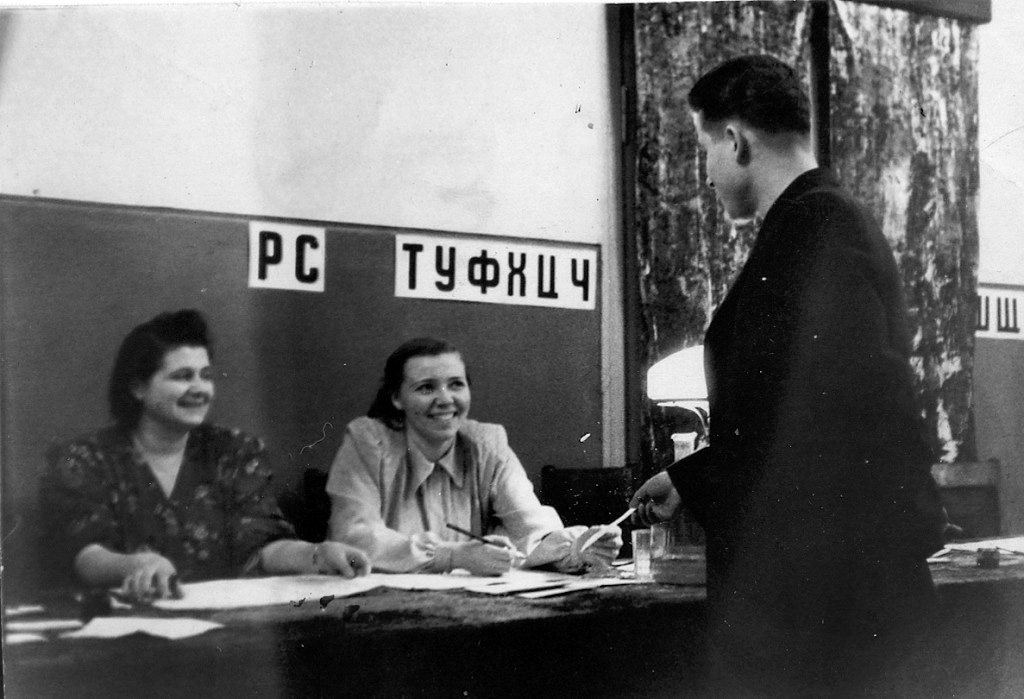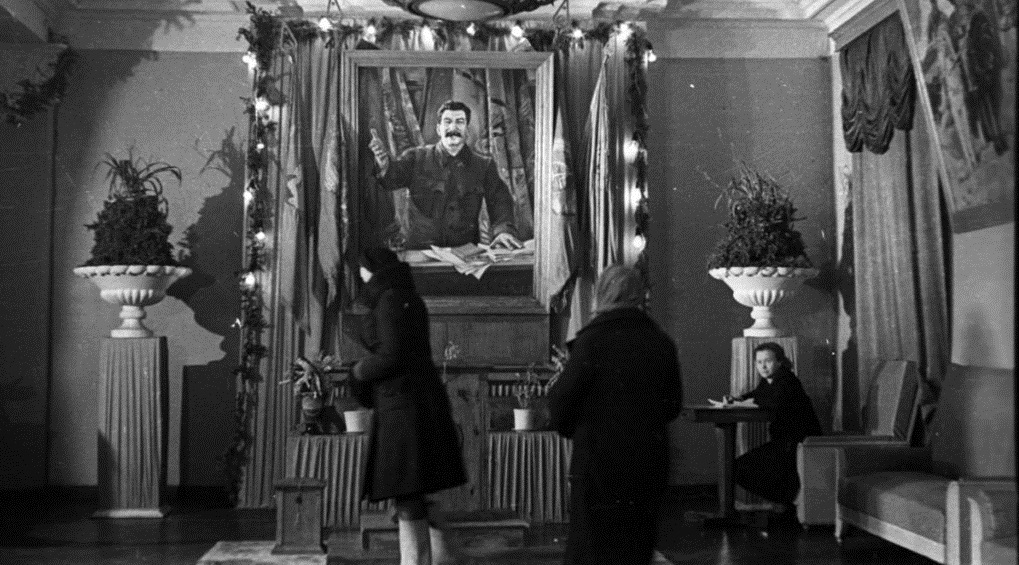#ARCTIC. #SIBERIA. THIS IS TAIMYR. In the spring of 1954, the event was an all-Union one: they elected deputies to the Supreme Soviet of the RSFSR, and to the regional and city councils, and even people’s judges.
The elections in Norilsk in the 1950s were very difficult. Norilsk, albeit in a new status, was a conglomerate of many small villages, which arose around an enterprise or construction site. Officially, there were about 35 of them, plus individual buildings, railway stations, state farms, where people also lived.
All that population scattered across the territory had to be organized and sent to the voting stations. At that time, there were over 230 constituencies in the Big Norilsk. One district could include only one large house, and another one included a whole village.
Outlying districts looked the most exotic. Thus, district No. 236 included “the entire population living in the village of Cherez, in the areas of lakes Melkoye, Glubokoe, Lama, Nakomyaken, Dynkenda”, and in district No. 237 there were “the village of Imangda and the region of lake Kheta”. At that time, anglers with families lived and worked in fishing points at the lakes, but no one released them from the duties of Soviet citizens. Therefore, they had to travel to the polls a hundred kilometers away.
It was also not easy to invite residents to polling stations – the lack of proper addresses hindered. For example, the residents of “individual buildings located on the left side of the Kurapatochny stream from Bath No. 3.” were asked to vote at the miners’ club.
Polling stations were located in very exotic places: in the clubs of villages and in the red corners of enterprises, in the economic building of the city hospital, in the theater, in the library. Residents of the new part of Norilsk voted in the House of Political Education and in the building of the technical library.
The deputies were elected in educational institutions: in schools, in a music school, in the House of Pioneers and in a technical school. However, for the residents of the railway stations Snezhnaya, Kalargon, Ambarnaya and Vologochan, the center of the polling station was a railroad car.
It’s interesting that 300 people were nominated for deputies of the Norilsk City Council – the city newspaper published the full list in three issues in a row. However, what is even more interesting, all those 300 people were elected, the composition of the city council was almost ten times larger than the current one. Since the late 1950s, many sessions have taken place in the music school’s concert hall.
For other issues of our photo project about the history of the city and the combine, go to the History spot section.
Follow us on Telegram, Instagram and Facebook.
Text: Svetlana Samohina, Photo: Nornickel Polar Division archive
